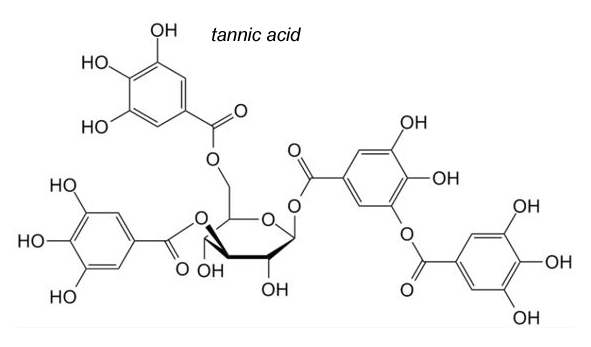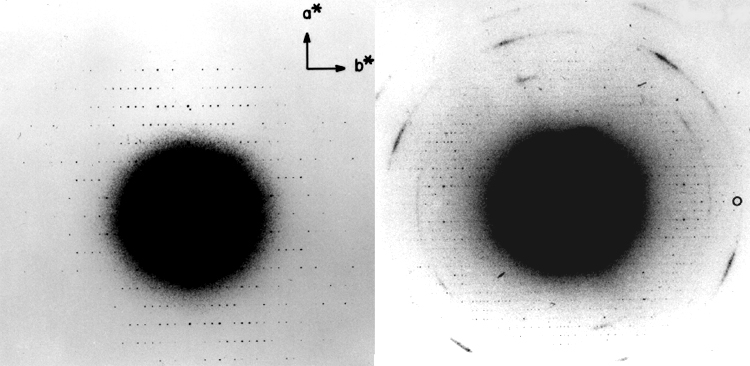Tannic acid embedding of crystals


Publications:
Akey CW, Edelstein SJ. Equivalence of the projected structure of thin catalase crystals preserved for electron microscopy by negative stain, glucose or embedding in the presence of tannic acid. (1983). J Mol Biol. 163:575-612. doi: 10.1016/0022-2836(83)90113-4. PMID: 6842587.
Learn more:
Tannic acid has been used to preserve fragile 2D crystals for high resolution structure determination with low dose EM and greatly facilitated tilt imaging to obtain phases along the hk rods. Notably, these crystals did not diffract well when dried in glucose, a more commonly used water replacement for imaging crystals in the electron microscope vacuum, that has now been superseded by using frozen-hydrated specimen.
Kühlbrandt W, Wang DN, Fujiyoshi Y. (1994). Atomic model of plant light-harvesting complex by electron crystallography. Nature. 367:614-21. doi: 10.1038/367614a0. PMID: 8107845.
Nogales E, Wolf SG, Downing KH. Structure of the alpha beta tubulin dimer by electron crystallography. (1998). Nature. 391:199-203. doi: 10.1038/34465. Erratum in: Nature 393:191. PMID: 9428769.
Nogales E, Wolf SG, Zhang SX, Downing KH. (1995). Preservation of 2-D crystals of tubulin for electron crystallography. J Struct Biol. 115:199-208. doi: 10.1006/jsbi.1995.1044. PMID: 7577240.